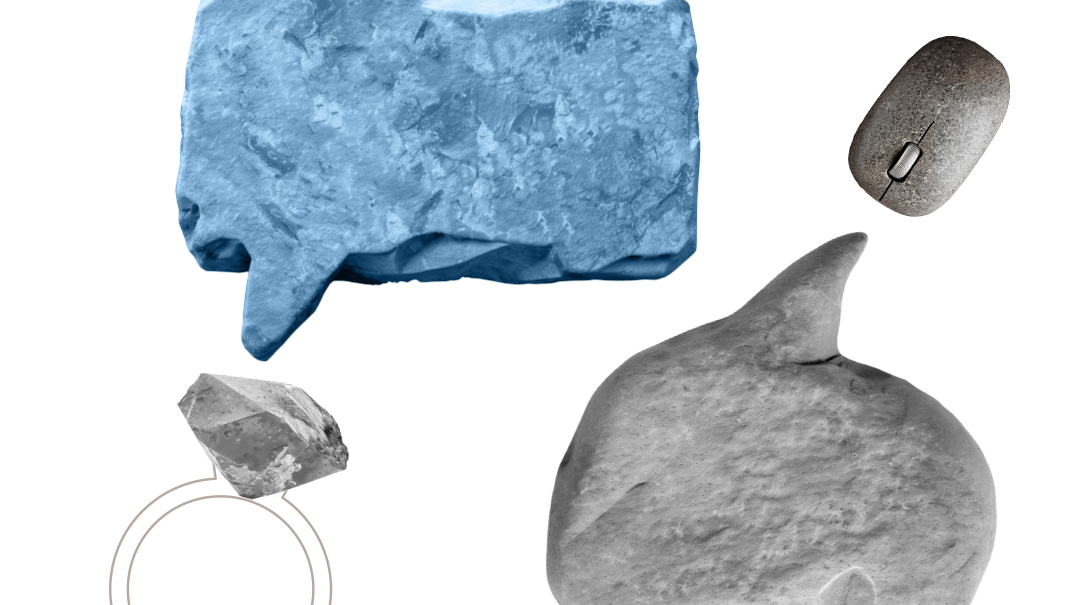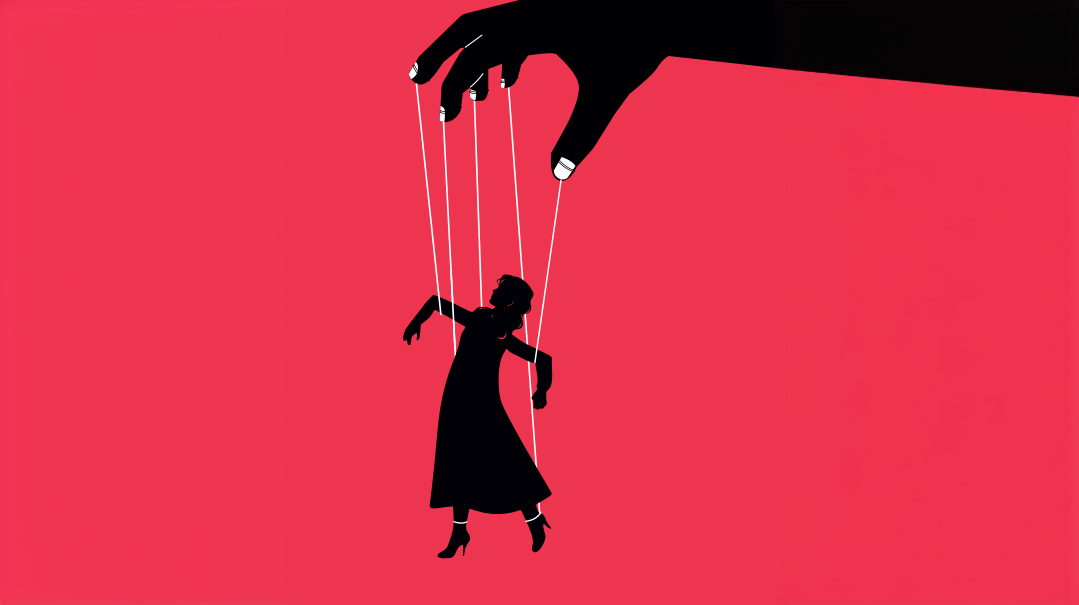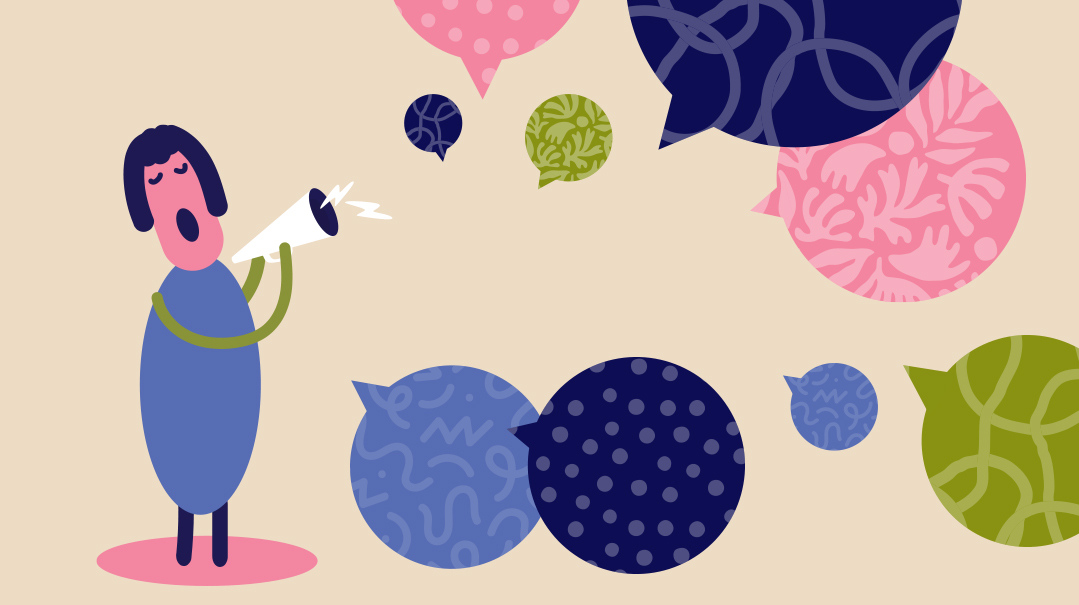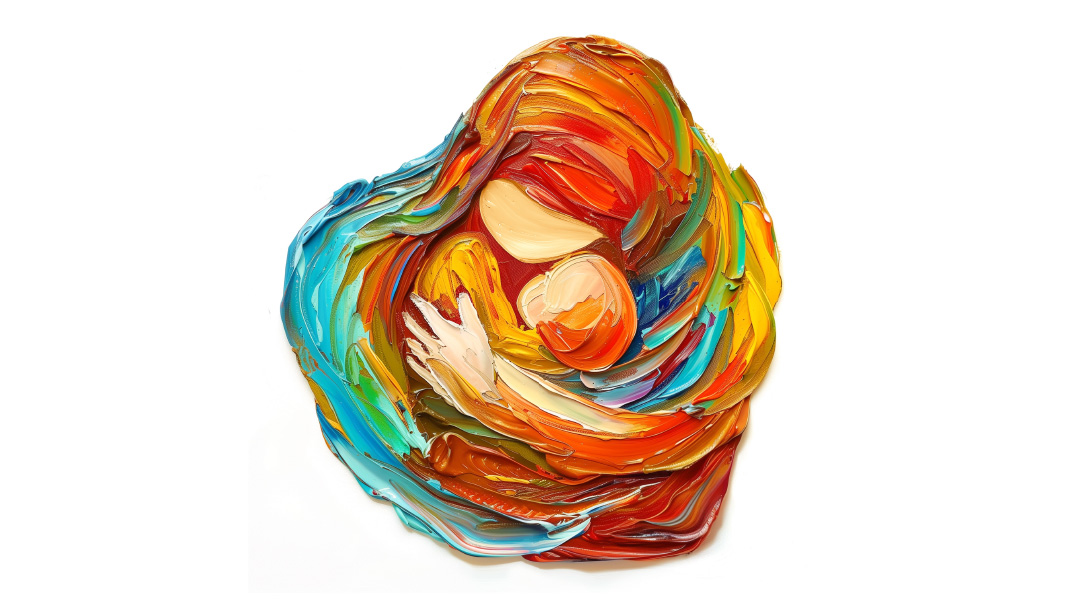City Under Siege

The tale of a modern-day 10 Teves under siege
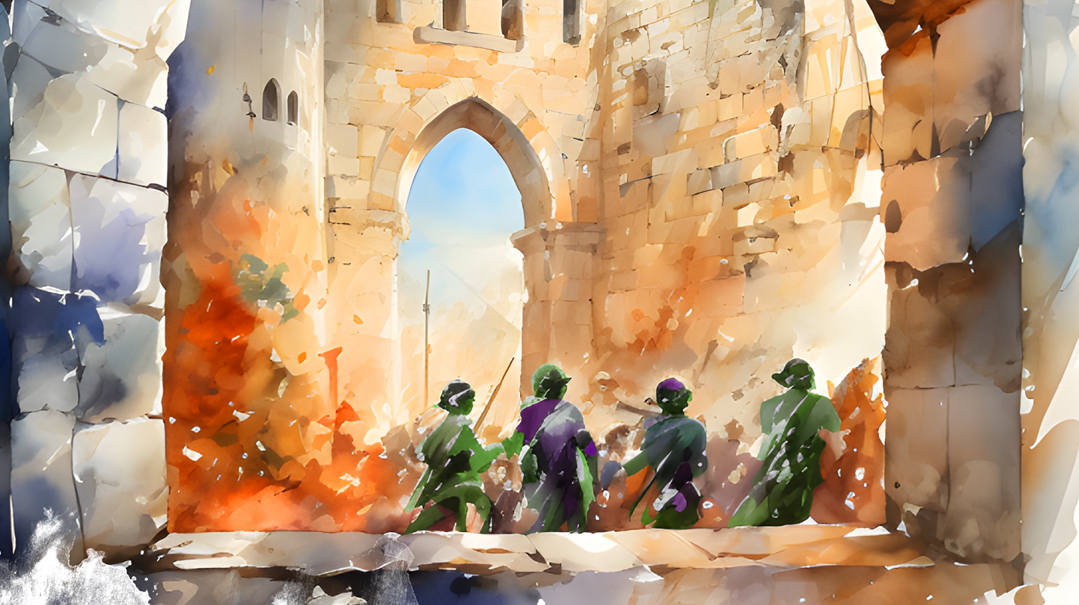
“I
always thought that a siege was a thing of the past. But in the months leading up to the Six Day War, when the security situation was so tense, I realized that Yerushalayim, the city where I lived, was once again under siege,” says Mrs. Leah Yanussi, a native of Yerushalayim who for many years lived in the historic neighborhood of Mamilla, just outside the Old City.
The Yanussis’ apartment was directly across from Shaar Yaffo, Jaffa Gate, but it was impossible to even cross the street, as this was the armistice line established between Israel and Jordan in 1949, after the War of Independence. The entire sector, from Shaar Yaffo until Mandlebaum Gate at the end of Shmuel Hanavi Street was a mess of fence and barbed wire and was heavily patrolled by the Israeli army on one side and the Jordanian soldiers in kaffiyehs on the other side, until the Old City was liberated during the Six Day War.
“During that time, from 1948 to 1967, we lived five minutes away from the Old City, but we couldn’t visit it. If we even stuck our head out of our apartment window, we risked being hit by a stray — or a deliberately aimed — bullet from a Jordanian sniper lying in wait across the street, just as Nebuchadnezzar’s soldiers lay in wait for Jews who dared wander outside the Old City walls. The walls of our building were riddled with bullet holes from the Jordanian legionnaires, and it was only through miracles that no one was killed. It was a very dangerous existence.”
Tea for the Platoon
“Our apartment, on the top floor of the building, commanded a view of three directions, so the army saw our building as a potential strategic outpost,” she says. “And so on Erev Rosh Hashanah, 1966, without any prior warning, I heard knocking on the door. Four soldiers stood in the doorway, and my heart missed a beat. Seeing my alarm, their commander quickly reassured me, informing me that the army was establishing an outpost on our floor, in the empty apartment across the hall, which had big windows overlooking Shaar Yaffo.
“‘You can continue your normal life,’ the commander clarified. ‘We may on occasion have to use your apartment as a lookout, but only in emergency cases. We’ll try to disturb you as little as possible. I see you have small children, so you must have a lot of work,’ he observed, indicating the children gathering around him curiously.
“It was true. I was a mother to five small children. It wasn’t easy being a mother in those days. Preschools started at age four, so the little ones were home with me. I didn’t have a washing machine, a refrigerator, oven, or modern stove. I cooked food on a ptilia, a kerosene burner; we warmed the house with a kerosene stove, and we shlepped the kerosene home on a wagon from a fuel station that wasn’t exactly walking distance away. The kerosene also provided lighting when the electricity was down. We didn’t have a telephone in the house, not even the old rotary models. So even though I didn’t work outside the home, my plate was full.
“I wasn’t formally charged with providing for the 15 soldiers who showed up later that day, but because we lived in a permanent state of war, the soldiers rarely received leave to go home, and while the army provided them with food and clothing, my heart, the heart of a Jewish mother, felt responsible for them.”
The Yanussis’ home quickly became the soldiers’ second home. “For eight months, my husband and I found ourselves in the roles of mother and father to our five children plus 15 young men aged 18 to 30. In the mornings, I prepared the children to go to Talmud Torah or school, boiled water for coffee or tea, and made sandwiches. Even though I got up practically at the crack of dawn, mornings were always hectic, since I had to run to the store, some distance away, to buy fresh bread and milk, as we didn’t have a refrigerator.
“Once the children were out the door, I thought about the platoon across the hall. They would’ve just returned from a long night repelling Fedayeen terrorist cells who were trying to conduct cross-border raids, as they did almost every night, worn to the bone, hungry, and thirsty. They had a bag of lachmaniyot from the army, but what about a hot cup of coffee or tea, something to warm their bones in the Yerushalayim morning chill?
“And so I boiled water on the ptilia, arranged glasses on a tray, and made coffee or tea for all the soldiers. My husband would go across the hall with the tray I’d prepared and distribute it to them. Sometimes, when their army rations hadn’t arrived yet, I would add some cookies and a loaf of bread.
“Many of the soldiers were kibbutznikim very far from a Torah life, but when they received the warm drinks, they would always put on a kippah before sipping their drink, and at one point even asked us to teach them to say a brachah.
“One time the water I boiled wasn’t enough for everyone. I immediately put up another pot, and in the meantime we gave out the cups that were ready, so they wouldn’t cool off. It was almost enough — only the commander was left out.
“When he jokingly asked me what I had against him, I told him that as the soldiers’ commander, he ought to feel like their father in every sense, and just as a father and mother take care of themselves only after they take care of their children, he should wait patiently.
“The commander, whose name was Gadi Maneilah, was a kibbutznik who had been raised in the kibbutz’s children’s home, so he’d never seen a regular morning in a family with small children. He really liked the analogy of being the father, and when we served them tea, he always reminded us that he was last in line to get a cup.
“The soldiers received army rations, but when they’re right outside the door and the smell of home-cooked food fills the hall, how could I not invite them to share our food? Of course, quality of life was poor back then, and our meals mostly consisted of cooked vegetables and legumes, but there’s no beating warm, home-cooked food that reminds you of a home you haven’t seen in weeks or even months. In return, they would give us little cans of army jelly, chocolate spread, and other products the army gave out, which they didn’t need, but my children loved. More than once I even found myself doing their laundry. Sometimes they would ask my husband for cigarettes or something else they needed.
Modern-day Mourning
“We weren’t party to the soldiers’ military operations, but we overheard their conversations, the muffled sentences about rising tensions. When you’re so close to the enemy, you feel like you’re on the front lines. It was very stressful. Asarah B’Teves fell out three months after the platoon took up position across from our front door. I remember how on that Asarah B’Teves, I sat down and wept,” recalls Mrs. Yanusi. “I wept for the Churban then, and for the galus and siege of today. I wept for the Jews of Yerushalayim who could barely leave the house, with every boom — a possible stray bullet from a bored legionnaire’s rifle or a successful infiltration of a Fedayeen terrorist — making them jump. And all the longing in my heart for the Kosel I couldn’t see, despite living so close to it, burst out in a torrent of tears.
“Just then, two soldiers burst in with guns drawn. They’d identified a terrorist trying to cross the border and needed to neutralize him. Once the threat was neutralized, they saw me in tears and asked what was the matter. I told them it was Asarah B’Teves and that life these days was reminding me of the hardships of the Churban in general, and the siege of Yerushalayim in particular. These soldiers, tinokos shenishbu in every sense of the word, had never heard of Asarah B’Teves.
“My husband used the opportunity to teach the platoon about a chapter in the history of Am Yisrael the secular educational system had never told them about. They were riveted and some even shed tears. Several of them decided to fast for the rest of the day.”
The soldiers indirectly learned about Judaism through them, though the couple had never set themselves that goal. “On Friday nights, we opened the door so the soldiers would hear Kiddush. They would wait for us every week and wouldn’t eat their meal until we’d made Kiddush. It was the same on Shabbos mornings. On Succos they visited our succah and made the brachah on the arba minim. On Chanukah we were motzi them in the chiyuv of Chanukah lighting, and on Pesach they joined us at the Seder. Some of them said it was their first time seeing a Seder or holding the arba minim. It was heartbreaking that these young men with warm Jewish hearts who were willing to give their lives for their brothers were ignorant of the foundations of the Jewish people.
“Eight months went by in this way. The soldiers became part of the building, and many neighbors competed to help them, mostly by providing them with warm meals. But as their next-door neighbors, we were the most involved with them. They knew our children well and enjoyed giving them attention during their rare spare moments.”
War on the Horizon
“On Erev Pesach of that year, the security situation became seriously unstable. And then on the fifth of Iyar, Yom Ha’atzmaut, Egyptian ground forces crossed the Suez Canal and entered the Sinai. With this the Egyptian president put Israel into a state of alert that became known as the ‘waiting period.’ There was great public anxiety and a widespread call-up of reserves.
“We all knew war was imminent. Would it be in the spring or summer? In two weeks or two months? That we didn’t know, but we did everything to prepare for catastrophe,” says Mrs. Yanussi. “We cleaned up the bomb shelter and stocked it with food supplies. We bought enough flour, sugar, oil, and legumes to last for months. We prayed we wouldn’t have to use it all up, that the war wouldn’t last that long. I saw neighbors coming home from the shuk with full carts of supplies. No one even dreamt of a miraculous, six-day war.”
The war started on 26 Iyar with Operation Focus, a surprise aerial attack that destroyed the entire Egyptian air force on the ground. When the wail of air-raid sirens started, the Yanussis rushed to the bomb shelter near the entrance to the building. “I was double-checking that we had everything before going down, when I realized that my youngest child, who was four at the time, was missing. I searched the apartment for him with mounting panic. He was an especially mischievous child, and I didn’t know what to do. Even walking out into the street was risky before the war started, so of course now, when the Jordanian legionnaires were probably training their guns straight at us, it was a death trap.
“Several months earlier, my mother had been widowed, and upon the outbreak of the war, she was afraid of remaining alone in her house in Katamon, so she moved in with us. I helped her descend to the shelter, biting my lips until I drew blood to stop myself from sharing my anxiety over the child who’d disappeared. When we got to the bomb shelter, I saw my four-year-old wandering among the neighbors looking for something to eat. There’s no describing the relief that coursed through me.”
The Sweetness of Victory
And what about the soldiers?
“The moment war broke out they joined the forces fighting against the invading armies. They were paratroopers, and they may have been part of the unit that liberated the Kosel, though it’s possible that the soldiers fought in the Latrun area, or were even sent to the Egyptian front. Then again, maybe they were transferred north to the battles in the Golan?
“Once the Old City was captured, the Kosel liberated, and the Jordanian soldiers who had terrorized us for so many years melted into the local Arab population, were killed, or went back to Jordan, the soldiers no longer needed to guard there. The moment the war was won, our lives were immediately transformed. Our children could play in the street without fearing for their lives, or look through the window without worrying about being shot by a Jordanian sniper.
“There was enormous excitement at finally being able to visit the Kosel and the holy sites. When that famous photo of those soldiers standing in awe in front of the Kosel was made public, I imagined them to be Gadi, Yossi, Uri, and the other soldiers I’d known so well.”
Mrs. Yanussi vividly remembers the Shavuos that fell out days after the end of the war. “Most of Yerushalayim went to the Kosel that chag, many for the first time in their lives. I remember the masses of people streaming past my home, their faces lit up with happiness and excitement. They sang songs of praise and gratitude to Hashem as they walked. When I arrived at the Kosel, for the first time in my life, tears flowed from my eyes without letup.
“Along with the overwhelming joy and the sense of gratitude for the victory in the war and the liberation of the Kosel, we wept for the thousands of bereaved families, for the young blood shed in the war for this land.
“The entire Jewish Yishuv was in a state of euphoria after the shocking victory, which was a pure miracle. From the conversations I’d overheard during the many months when the soldiers stayed with us, we’d understood that the threat from the neighboring Arab nations was not something to be made light of.
“Over the next few months we started getting used to our new lives; it’s easy to get used to a change for the better. We could daven at the Kosel on a daily basis. We bought cheap clothes, shoes, purses, and whatnot from Arab merchants at Shaar Shechem, where we could wander without fear. The Arabs were terrified of us. At that time, I could never have imagined that a day would come when we would be afraid of them, and we wouldn’t dare walk freely in Shaar Shechem or the Muslim Quarter in general.
“That year on Shivah Asar B’Tammuz, while no longer under physical siege, we felt acutely that Yerushalayim was still in galus, in terms of gashmiyus, but especially in terms of ruchniyus. Precisely because we could weep over the stones of the Kosel, we wept all the more copiously over the Churban of the Beis Hamkidash, the great and holy house that had become a prayer house for our enemies, and instead of hearing the holy songs of the Leviim, we were awakened every morning by the call of the muezzin, l’havdil elef havdalos.
“The month of Menachem Av brought us a private nechamah of our own. We had a son, and we named him after my father, who’d passed away months earlier. I thanked the Creator of the universe that he was born healthy and sound, despite the stress of the months before his birth.
Another painful reminder of the galus they were still in came the year after the war, in Av, when they heard that Gadi Maneileh Hy”d, the commander of the paratrooper platoon quartered in such close proximity to their home for months, had been killed during a chase after terrorists who crossed the Jordan River to carry out a terror attack in Israel.
But there were also happy moments. “One day, I heard a knock on my door. I opened it and was surprised to see a middle-aged couple standing next to a young man whose face was very familiar to me. It was one of the soldiers who’d stayed in our building. He’d told his parents about us after the war and pleaded with them to come meet us, the people who’d been his family for eight months.”
Over half a century has gone by since that miraculous war that so dramatically transformed life in Jerusalem and the Holy Land. Since then, Jerusalem has grown unrecognizably. Entirely new neighborhoods have sprung up, and the expansion continues. New roads have been paved, a train glides through its streets. Ultimately, Mrs. Yanussi had to move away from her home opposite the walls of the Old City after the residential neighborhood of Mamilla was demolished and replaced with a vibrant commercial and business center.
“Anyone who mourns Yerushalayim will merit to see its reconstruction,” says Mrs. Yanussi of the events of 1967, which she describes as the most fascinating year of her life. “I believe that ‘L’fum tza’ara agra — According to the pain is the reward,’ and those who underwent the trials of that period feel the sweetness of the victory so much more keenly. And in the same way, the people who undergo the tribulations of the galus during Acharis Hayamim will merit to see the revival of Tzion and Yerushalayim in a way that will make the entire world wonderstruck. B’shuv Hashem et shivas Tzion, hayinu k’cholmim.”
(Originally featured in Family First, Issue 873)
Oops! We could not locate your form.

